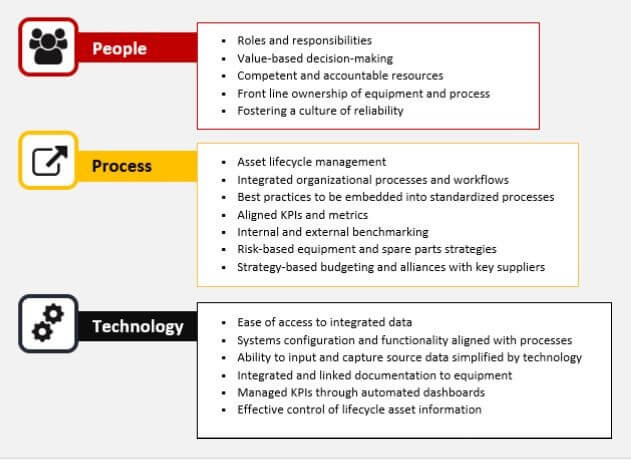The quick evolution of unnatural intelligence (AI) features significantly impacted the software program development landscape, presenting new paradigms intended for code generation in addition to automation. AI-generated software program, powered by device learning algorithms and natural language running, offers the promise of increased efficiency and innovation. Even so, ensuring the trustworthiness of code produced by AI techniques presents unique problems. This informative article explores ideal practices and strategies to ensure the particular reliability of AI-generated software, aiming to be able to enhance quality, maintainability, and robustness.
a single. Understanding AI-Generated Program code
AI-generated code makes reference to software signal created or suggested by AI systems, such as signal completion tools, automated code generators, or machine learning types trained on large codebases. These systems can accelerate development by automating repeated tasks and producing boilerplate code. However, the quality in addition to reliability of AI-generated code can change depending on the AI model, coaching data, and circumstance.
2. Best Methods for Ensuring Code Reliability
a. Comprehensive Training Info
The reliability of AI-generated code heavily will depend on the good quality of the training information accustomed to train the AI models. To be able to ensure code dependability:
Diverse Data Sources: Use a different set of superior quality codebases that protect various programming languages, frameworks, and difficulty domains.
Clean Info: Ensure the courses files is free from bugs and follows ideal coding practices. Data with high-quality, well-documented code will lead to better AI-generated code.
b. Rigorous Testing
Testing is crucial to validate the correctness and functionality of AI-generated computer code:
Unit Testing: Carry out thorough unit assessments for AI-generated computer code to evaluate individual components’ functionality.
Integration Tests: Ensure the signal integrates seamlessly together with existing systems in addition to modules.
Regression Testing: Regularly perform regression testing to discover any unintended part effects of AI-generated code on present features.
c. Computer code Reviews
Human oversight remains essential in the software growth process:
Peer Testimonials: Conduct code opinions involving experienced builders to identify possible issues, ensure devotedness to coding criteria, and improve signal quality.
Automated Signal Reviews: Use stationary code analysis tools to detect popular issues such while coding errors, security vulnerabilities, and style inconsistencies.
d. Continuous Integration and Deployment (CI/CD)
Integrate AI-generated program code into a CI/CD pipeline to handle testing and application processes:
Automated Assessment: Incorporate automated screening frameworks in the particular CI pipeline to be able to continuously test and even validate AI-generated computer code.
Frequent Deployments: Put into action a frequent application strategy to make sure that changes are tested and deployed incrementally, reducing the chance of large-scale concerns.
e. Documentation and Comments
AI-generated signal may lack appropriate documentation and responses:
Documentation: Ensure that AI-generated code is extensively researched, including clear descriptions of functionality, guidelines, and return beliefs.
Inline Comments: Add comments to clarify complicated logic or judgements made by the particular AI, enhancing computer code readability and maintainability.
3. Strategies for Enhancing Code Stability
a. Post-Generation Testing and Verification
Actually with rigorous pre-generation practices, post-generation testing is crucial:
Guide Testing: Perform guide testing to confirm the AI-generated computer code against real-world scenarios and edge instances.
User Acceptance Testing (UAT): Involve clients in testing in order that the software meets their particular requirements and expectations.
b. check this link right here now
Establish feedback components to continuously enhance AI-generated code:
Programmer Feedback: Collect comments from developers working with AI-generated code to identify areas for development and refine AJE models.
Bug Studies: Monitor and deal with bug reports related to AI-generated code to spot patterns and enhance future code era.
c. Model Fine-Tuning
Regularly update and fine-tune AI types to enhance code quality:
Retraining: Occasionally retrain AI versions with new and even diverse code selections to adapt in order to evolving coding techniques and technologies.
Performance Metrics: Track overall performance metrics like signal quality, error prices, and developer fulfillment to guide unit improvements.
d. Honest Considerations
Address ethical concerns related in order to AI-generated code:
Bias and Fairness: Assure that AI versions do not introduce or perpetuate biases in code generation.
Transparency: Maintain openness in the AJE code generation method, including clear explanations of how AI versions make decisions.
elizabeth. Collaboration Between AI and Human Designers
Foster collaboration among AI tools and even human developers in order to leverage the strengths of both:
Development, Not Replacement: Employ AI tools to be able to augment human capabilities rather than change them. AI will manage repetitive tasks, when human developers provide context, creativity, and even oversight.
Training in addition to Education: Provide working out for developers to properly use AI resources and integrate these people into their work flow.
4. Conclusion
Making sure the reliability of AI-generated software is usually a multifaceted problem that requires a variety of best practices and even strategic approaches. By simply centering on high-quality coaching data, rigorous assessment, code reviews, plus continuous improvement, agencies can enhance the reliability and effectiveness of AI-generated computer code. Collaboration between AI tools and man developers, in conjunction with ethical considerations and suggestions mechanisms, will add to the development of sturdy and trustworthy software solutions in an increasingly AI-driven growth landscape.
